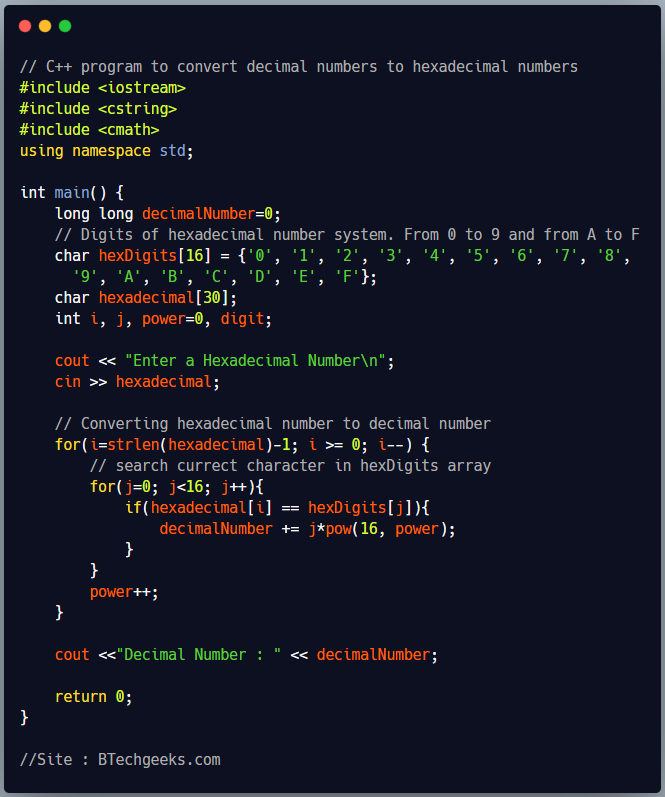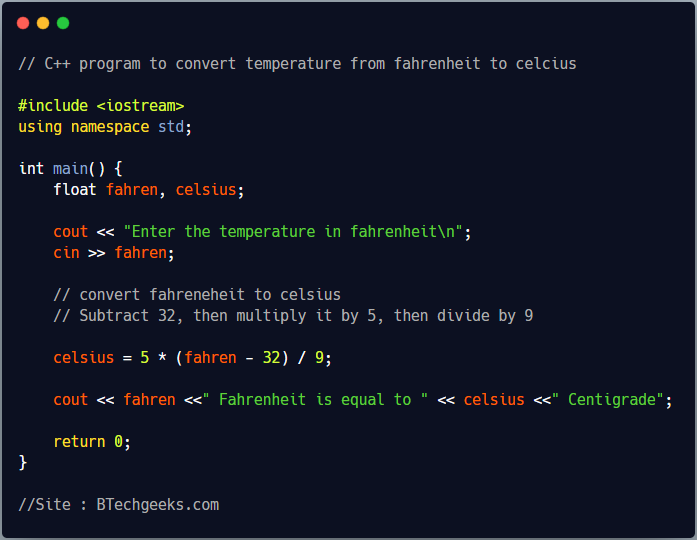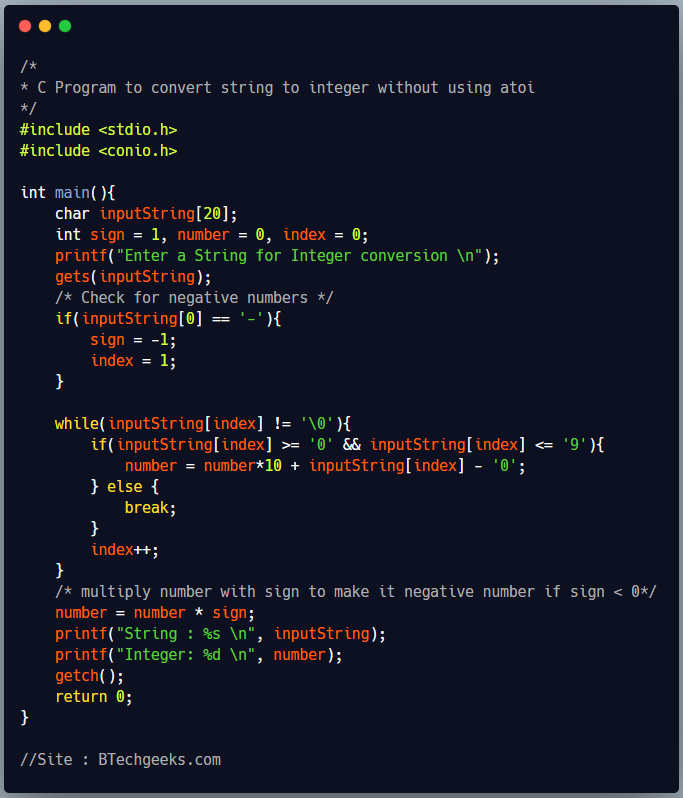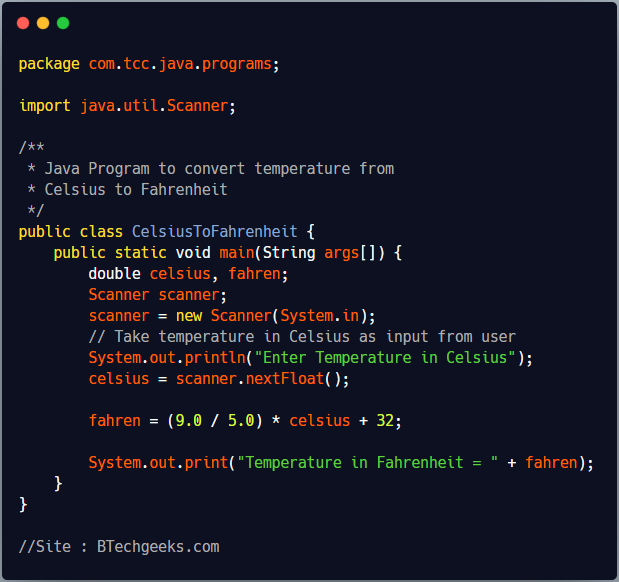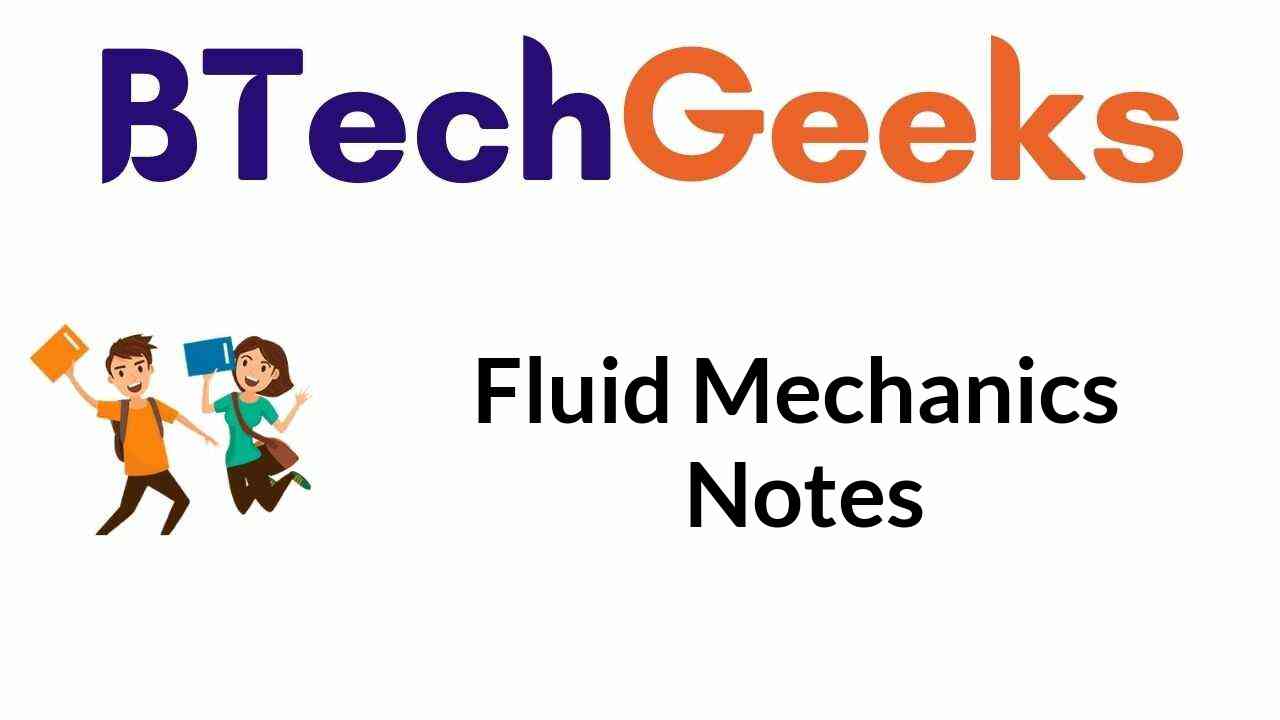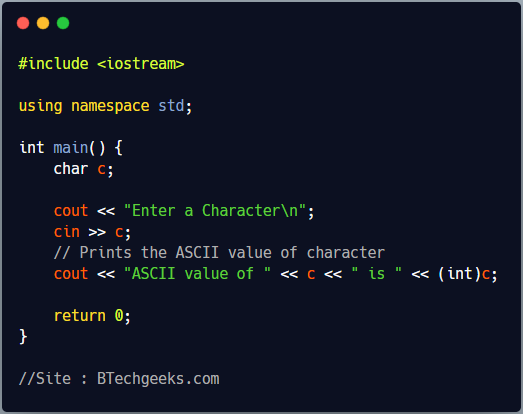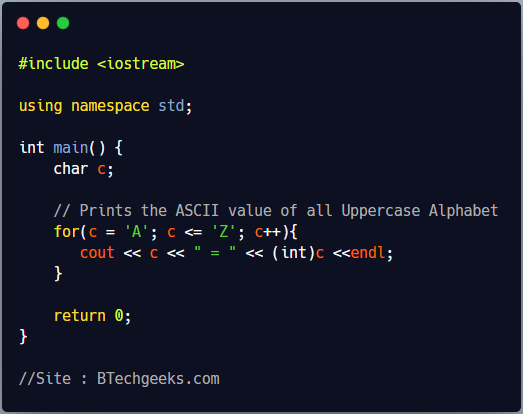Aerospace engineering notes: Aerospace Engineering is one of the most popular branches of Engineering for the students of graduation and post-graduation. The entire course provides the student with immense skills and knowledge for designing, manufacturing, and maintaining the aircraft, spacecraft, weapons, and missiles.
Aerospace Engineering also contains several concepts of mechanical Engineering. It covers a more comprehensive range of concepts of physics, mathematics, computer applications and structure, robotics, electricity, drafting, aeronautics, and many more. Additionally, the courses also cover the two vital matters of Engineering, which are, Astronomical Engineering and Aeronautical Engineering.
The course is one of the most challenging branches of the Engineering courses and is also widely popular among the worldwide engineering aspirants.
| First Year: |
- Professional Communication
- Environmental Studies
- Mechanical Engineering fundamentals
- Engineering Mathematics -1
- Engineering Mathematics -2
- Engineering Physics
- Technical Communication
- Electrical Engineering fundamentals
- Engineering Chemistry
- Electronics Engineering fundamentals
- Computer Fundamentals
- Engineering Drawing
|
| Second Year: |
- Engineering Mathematics – 3
- Aerospace Engineering introduction
- Thermodynamics and Aero Engineering
- Control Engineering
- Aerospace Structures – 1
- Fluid Mechanics & Machinery
- Aerodynamics -1
- Propulsion -1
- Solid Mechanics
- Elements of Avionics
- Numerical Methods
- Environmental Science & Engineering
|
| Third Year: |
- Flight Mechanics -1
- Flight Mechanics – 2
- Aerospace Structures – 2
- Propulsion – 2
- Propulsion -3
- Aerodynamics – 2
- Aircraft Maintenance Practices
- Advanced Materials and performance
- Vibration elements
- Electives
|
| Fourth Year: |
- Flight Mechanics – 3
- Missiles and rockets
- Total quantity management
- Professional ethics
- Space system and satellite design
- Composite materials and structure introduction
- Electives
- Major Project
|
Avail subject-wise B.Tech Notes related to Engineering Departments like ECE, CSE, Mech, EEE, Civil, etc. all in one place at BTech Geeks and plan your preparation according to your requirements.
Required Skillsets to study Aerospace Engineering:
Aerospace Engineering is a specialized branch of the Engineering curriculum, and it involves several high-tech concepts, requiring immense knowledge in observation skills, calculative skills, and mathematics. Experts of the field need tremendous experience for the research based on the concepts of Aerospace Engineering; thus, for the candidates, the two essential skills are persistence and resilience.
To be a successful aerospace Engineer, not just these, but many other skill sets are essential. Here is a list of all the skills necessary for the students of Aerospace Engineering:
- A great academic history from Science stream.
- Stronger mathematical and analytical skills.
- Immense creativity.
- More innovativeness in the concepts of product designing.
- Capability to handle higher pressure and work under the same
- Better stamina
- Team working abilities
- Skills to be a leader of the team.
Eligibility Criteria for Aerospace Engineering:
There are some minimum eligibility criteria that every Aerospace Engineering aspirant must meet for pursuing the course.
B.Tech/ BE:
For pursuing BE/ B.Tech from Aerospace Engineering, the students have qualified Class 12th or higher secondary with 60% or above for general category and 55% or above for SC/ ST in Science.
M.Tech/ ME:
Aerospace Engineering is also there for the postgraduate degree of ME/ M.Tech; for this, the student must have completed Bachelors or any equivalent degree with 60%+ for general category and 55%+ for SC/ST. Additionally, the GATE scores are also important for getting admission in postgraduate or doctorate programs.
Admission Process for Aerospace Engineering:
For taking admission in Aerospace Engineering, the students must go for either of the below-mentioned options.
Admission based on entrance test:
For this method, the candidates must appear in any of the entrance examinations, including JEE Main/ Advance, CET, MHT, and others. Based on the performance of the students in the entrance exams, the top institutes prepare a merit list and then start with conducting the counselling rounds for finally allocating the seats. The students can go for any level of the entrance exam, including the state level, national level, and institute level, to qualify for the admissions.
Direct admissions:
Through this method, the students can apply for the admissions directly for any program using the official portal of the institute. The candidates must also fulfil the eligibility criteria mentioned above to take admission in the course, and then they can pay the admission fee to secure their seat.
Job Profiles for Aerospace Engineers:
Aerospace Engineers perform the designing of weapon systems, missiles, aircraft, and spacecraft. Additionally, they are responsible for the assembling and maintenance of the systems and ensuring that they function correctly and effectively. Many Aerospace Engineers also have specialization in propulsions, guidance control, air guidance, and others.
There are many responsibilities of Aerospace Engineers, as mentioned below:
- Developing newer technologies for using in aviation, defence systems, and spacecraft.
- Design, assembling, and test for the aerospace and aircraft products.
- Examining the damage and malfunctioning in any equipment for finding the reasons behind them and then offering the right solution.
- Finding out the cost and feasibility of newer project proposals.
- Determining the quality standards and acceptance criteria for the designs and maintain the sustainment after delivery and completion dates.
- Evaluating that the product or project meets the engineering principles, customer requirements, safety norms, and environmental challenges.
- Manufacturing the entire aircraft and its components with the designing team.
Aerospace Engineers can also have specialization in Aeronautical or astronomical Engineering. Aeronautical Engineers works on the components of aircraft and the Astronomical Engineers work on the technologies related to spacecraft.
Aerospace Engineering Jobs:
Currently, Aerospace Engineers hold around 66,400 jobs in all and the largest employees of the field are as follows:
- Manufacturing of Aerospace products and parts – 36%
- Federal Government posts – 16%
- Engineering services – 15%
- Manufacturing of measuring, navigation, control, and electromedical instruments – 10%
- R&D in Engineering, physical, and life sciences – 8%
Aerospace Engineers get employed in the industries where workers do the designing and manufacturing of missiles, aircraft, and other systems for the defence system of the nation. They mainly work for the firms engaging in R&D, manufacturing, design and analysis, and also for the streams of the federal government.
Presently, most of the aerospace Engineers spend their time in the office environment as the modern techniques of aerospace designing needs using the sophisticated software design tools and computer equipment for training, evaluation, testing and modelling.
Aerospace Engineers also work with the professionals of designing and aircraft and spacecraft building fields. Thus, they must also have better communication skills and know the right ways for the division of tasks for better management and achievements.
Top Recruiters of Aerospace Engineering:
Aerospace Engineering is a continuously evolving field, and recently it had acquired several advancements in various aspects, including the development and functioning of spacecraft and aircraft. Previously, only the governmental organizations used to be the principal entities involved in this field. Still, now, many private companies are also entering the sector, opening many gates for the Aerospace Engineering candidates.
Below are some best recruiters that every Aerospace Engineer must target for:
- Indian Space Research Organization
- National Aerospace Laboratories
- Hindustan Aeronautical Limited
- Defence Research and Development Organization
- Airbus
- Goodrich
- GE
- Boeing
Other careers related to Aerospace Engineers:
Aerospace Engineering provides various opportunities for the students, and the career options that the students can choose from are as follows:
Technicians for Aerospace Engineering and Operations:
These technicians work for the operation and maintenance of several types of equipment used for the development, testing, production, and sustaining of newer spacecraft and aircraft. These workers also make use of modelling based on computer and other simulation tools and processes along with advance robotics and automation.
Managers for Architectural and Engineering aspects:
They do the planning, directing, and coordination of the activities in Engineering and architectural companies.
Engineers of Computer Hardware:
These engineers do the research, designing, development, and testing of the computer systems and components like the routers, networks, memory devices, circuit boards, and processors.
Engineering Technicians of Electricals and Electronics:
They help the engineers in designing and developing the computers and communication equipment, monitoring devices, navigation equipment, and other electronics and electrical equipment. They also work for the evaluation and testing of the products and using the measuring and diagnostic tools for adjusting, testing, and repairing the equipment.
Engineers of Electricals and Electronics:
These people do the designing, development, testing, and supervising for the electrical equipment’s manufacturing, like radar, navigation systems, and electric motors. They also design and develop electronic equipment, including a communication system and a broadcasting device like GPS devices and music players.
Industrial Engineers:
They always reach out to the ways for eliminating the wastage in the production process. They come up with the efficient systems for integrating the workers, materials, energy, information, and machines, for providing any product or service.
Material Engineers:
These engineers develop, test, and process the materials for the creation of a broader range of products, including the aircraft wings and computer chips, biomedical devices, and golf clubs. They understand the structure and properties of metals, composites, plastics, ceramics, nanomaterials, and other substances for creating a newer material to meet some electrical, mechanical, and chemical needs.
Mechanical Engineers:
These people do the designing, development, building, and testing of thermal and mechanical sensors and devices, like some machines, engines, or tools.
Frequently Asked Questions:
Q1: What is there in the Aerospace Engineering course?
A1: These courses generally last from three to five years, depending on the qualification type that the student chooses. The students of the course get an in-depth understanding of the entire subject and its vital concepts. The students also understand the aerospace industry and the graduates working in several organizations.
Just after two years of the completion of the course, the students can also switch to the specialization courses. Placement for the bachelor courses of this field generally starts at the end of the third year, and many prominent institutions do the hiring for the eligible and talented candidates.
There are several subjects involved in the course that are uniformly divided along with the duration of the degree. In the end, the students are required to submit some major project for the degree’s completion.
Q2: What are the eligibility criteria for the Aerospace Engineering course?
A2: Candidates of applying for the course must have taken Maths and Science as main subjects in the higher secondary education. Furthermore, they must also have qualified the 12th boards with 60% or above for general category and 55% or above SC/ST. The students must also have better scores in entrance exams to seek some scholarship or at least get a seat reserved in any prominent institution,
Conclusion
Aerospace Engineering is a very unique and popular field of engineering degree for the graduation and post-graduation level. Many institutes also provide doctorate degrees and diploma courses for the area. These engineers mainly deal with aircraft and spacecraft related measures, and after taking the specialization, their stream can also involve more fascinating jobs.
Aerospace Engineers are required to work for longer hours and do significant designing jobs, development, testing, and monitoring of spacecraft and aircraft.

